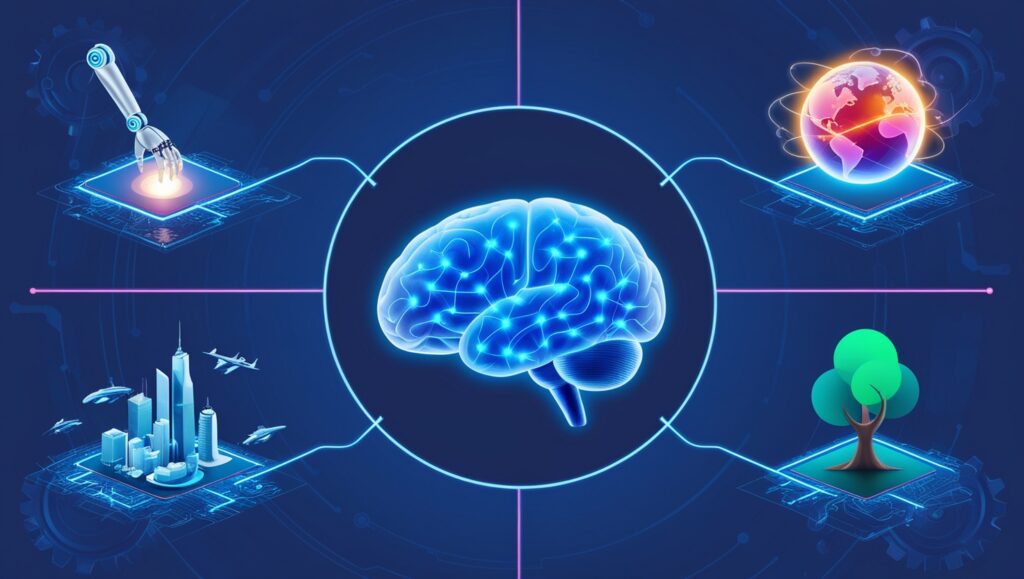A group of researchers from the University of Granada in Spain, consisting of physicists, geologists, and signal theorists, has created an algorithm utilizing machine learning to forecast the eruption date of Mount St. Helens.
In their work, which was published in the journal Frontiers in Earth Science, the team developed their algorithm and applied it to historical data to forecast previous eruptions.
For many years, scientists have been attempting to forecast the exact moment at which a volcano will erupt. As part of this endeavor, they have placed sensors on and around volcanoes to gather more information about the kinds of volcanic activity that precede eruptions.
These initiatives haven’t been very helpful thus far. With so many contradicting evidence, an eruption beyond a day or two is still impossible to forecast. Certain signs that one volcano may use to warn of an impending eruption may not mean anything to another.
In this new endeavor, the research team examined a single volcano, Mount St. Helens, which is situated in Skamania County, Washington, in the United States, in an attempt to increase their chances of forecasting eruptions.
The task included gathering as much information as possible about the volcano over a long period of time, both before and during the significant eruption that took place in 1980, which was one of the strongest volcanic eruptions to ever occur in North America in modern times. It was also among the deadliest and most detrimental to the economy.
In the hopes that the machine-learning program might identify patterns that human researchers would have overlooked, the researchers trained it on the data. In order to deduce information from earthquake signals, such as the amount of pressure building up or energy stored, they also included mathematical algorithms.
After using data from multiple eruptions to train the algorithm, the researchers asked it to forecast if an eruption was likely before those earlier events. The researchers discovered that their program could forecast previous eruptions at least three days in advance with 95% accuracy.
The renewed endeavor coincides with reports from other monitoring teams that the volcano is displaying characteristics that could point to an imminent eruption—350 earthquakes have occurred since February, many of which were located miles below the crater floor.








